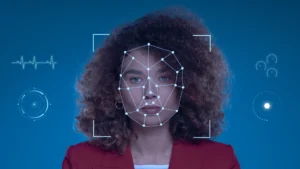For decades, artificial intelligence was known for fast pattern recognition and prediction.
But new breakthroughs are showing AI edging closer to human-like reasoning, sparking debates in research and society.
According to IEEE Spectrum, researchers are moving beyond scaling models by introducing chain-of-thought prompting.
This technique allows AI to break tasks into reasoning steps, making it more effective at solving complex problems compared to raw statistical prediction.
OpenAI’s latest models demonstrate this shift.
The o1 line introduced structured reasoning for math and code, while the newer o3 model shows human-like deliberation by weighing multiple reasoning paths before giving an answer.
Early tests revealed significant improvements in coding, science questions, and advanced problem-solving, as reported by WebProNews.
Another milestone is DeepMind’s AlphaGeometry, which merges symbolic logic with language model intuition.
The system has solved advanced geometry problems at a level comparable to gold medalists in the International Mathematical Olympiad.
Researchers are also experimenting with the Hierarchical Reasoning Model, which mirrors the layered way humans think.
HRM combines high-level planning with detailed operations in a compact 27-million-parameter design, yet it can still crack puzzles and mazes in a single attempt.
Survey data supports these advances. A 2025 expert poll shared by AI Multiple suggests there is now a 50 percent chance of reaching human-level AI by 2059, grounding today’s progress in realistic long-term expectations.
Skeptics remain cautious. In an interview with TechRadar, Dr. Ben Goertzel explained that while GPT-5 and similar systems mimic reasoning, they lack long-term memory, grounding in reality, and a genuine mental model of the world.
For him, these gaps mean AI is still far from achieving true general intelligence.
What is changing is not sentience but reasoning.
AI systems are beginning to combine symbolic logic with statistical prediction, unpack complex chains of thought, and handle layered planning more like humans do.
This represents a new stage in how machines process information.
At the same time, risks remain clear. Opaque reasoning makes transparency difficult, and more powerful models raise concerns about misuse.
Yet it is undeniable that the field is moving into a new era, one where the boundary between human thought and artificial intelligence is becoming thinner.



